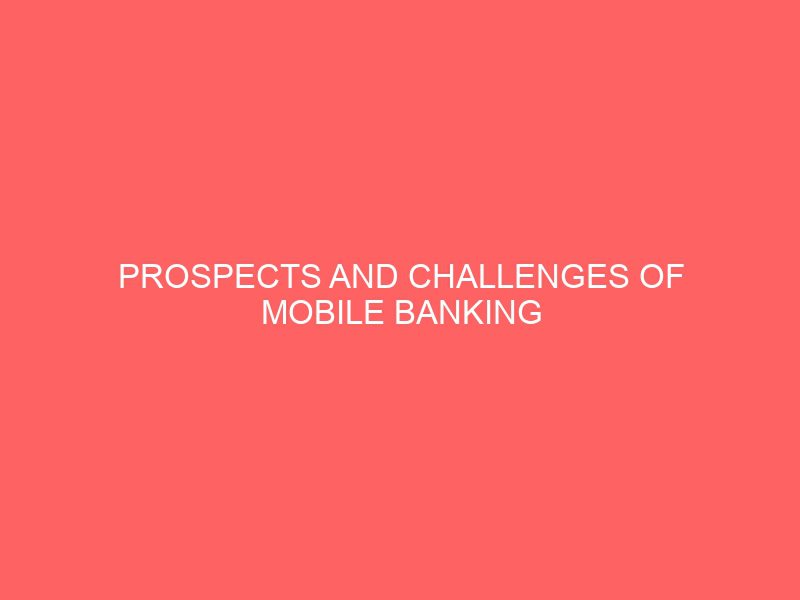Description
CHAPTER ONE INTRODUCTION 1.1 Background Technological developments particularly in the area of Telecommunication and Information Technology are revolutionizing the way business is done. Electronic Commerce is now thought to hold the promise of a new commercial revolution by offering an inexpensive and direct way to exchange information and to sell or buy products and services. This revolution in the market place has set in motion a revolution in the banking sector for the provision of a payment system that is compatible with the demands of the electronic marketplace (Journal of Internet Banking and Commerce, 2008). In line with global trends, banking business in Nigeria too has been undergoing tremendous changes Since independence in 1957. The first step in the evolutionary process was the gradual deregulation of the financial sector, which commenced in the 1989. Then, in the 1990s the introduction of Automated Teller Machines (ATMs) was considered as the first and most visible piece of evidence of the emerging electronic banking in Nigeria (Abor, 2008). This was then followed by the introduction of Telebanking, PC-banking and Internet-banking. The next imminent step in this evolutionary process inevitably appears to be mobile banking (M- banking). The use of a mobile phone to conduct payment and banking transactions (M- banking) is at an early stage in a number of developing countries. Because mobile banking uses the existing rapidly expanding mobile phone infrastructure, it has the potential to be deployed rapidly and affordably to expand access to financial services among unbanked people. Access to financial services is one of the necessary ingredients to fight poverty (Otabil, 2008). Poverty alleviation is at the heart of most donor-supported programmes in Africa, and improving banking services through technology-driven initiatives could be part of pro-poor policies necessary to change the plight of the poor. A study by Bankable Frontier Associates (2006) has identified mobile banking as critical to poverty alleviation in developing countries. In Asian countries like China, Bangladesh, Indonesia and Philippines, where mobile infrastructure is comparatively better than the fixed-line infrastructure, and in European countries, where mobile phone penetration is very high (at least 80% of the consumers use a mobile phone), mobile banking is likely to appeal even more (Wikipedia, 2008). This opens up huge markets for financial institutions interested in offering value added services. With mobile technology, banks can offer a wide range of services to their customers such as doing funds transfer while traveling, receiving online updates of stock price or even performing stock trading while stucked in traffic. According to the German mobile operator Mobilcom, mobile banking will be the “killer application “ for the next generation of mobile technology (Wikipedia, 2008).







